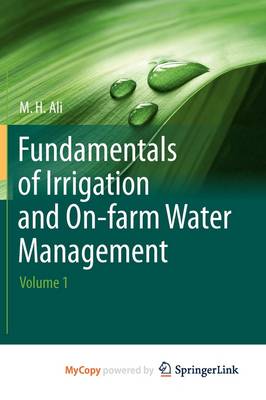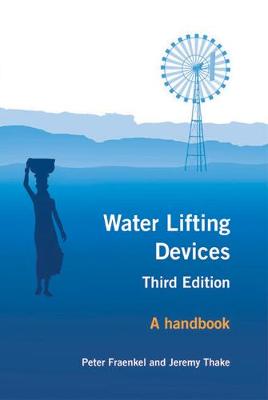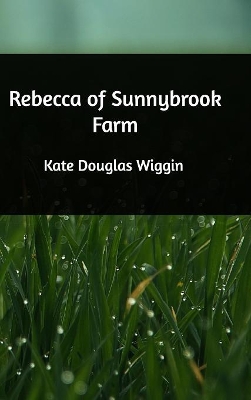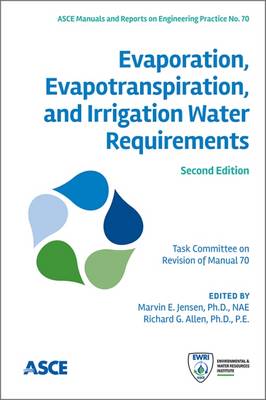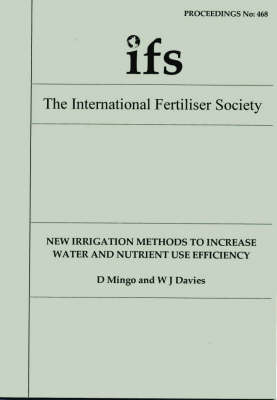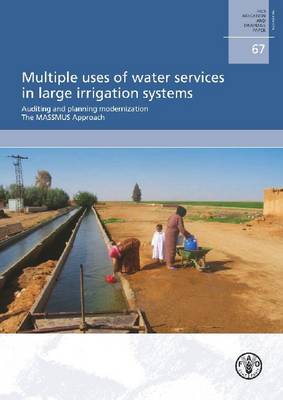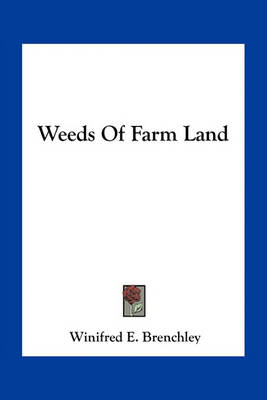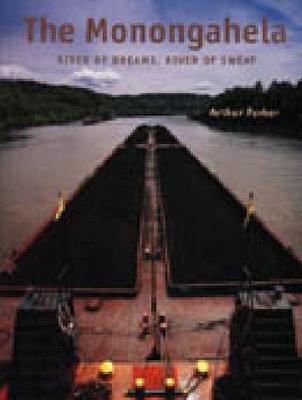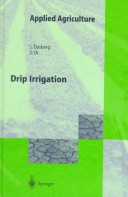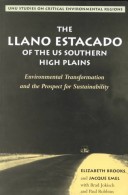Surveys the water-lifting technologies that are available and appropriate for smallholdings. This report examines the costs and general suitability of the different technologies to enable farmers and policy makers to make informed choices.
Rebecca of Sunnybrook Farm (Apple classics) (Bring the Classics to Life: Level 1 (Audio))
by Kate Douglas Wiggin
Horrified at the thought of caring for talkative, ten-year-old Rebecca, the spinster aunts nevertheless spend seven difficult years raising their niece, rewarding years for all three inhabitants of the little brick house in a small New England town.
This book looks at Sustainable Irrigation in a holistic way, considering the multidisciplinary objectives of sustainable agriculture, sustainable water management, sustainable water infrastructure, sustainable irrigation communities and a sustainable environment, the need to reallocate water between competing users, and the need for water and food security in an environment of scarcity. It does this by accepting the links between these objectives, and the need to change behavior and perceptions...
Sponsored by the Committee on Evapotranspiration in Irrigation and Hydrology of the Irrigation and Drainage Council of the Environmental and Water Resources Institute of ASCE Evaporation, Evapotranspiration, and Irrigation Requirements is a comprehensive reference to estimating the water quantities needed for irrigation of crops based upon the physics of evaporation and evapotranspiration (ET). This new edition of MOP 70, which updates and expands the 1990 original, provides improved and standa...
This collection features four peer-reviewed reviews on proximal sensors in agriculture. The first chapter addresses the use of proximal sensors to evaluate crop health and performance throughout the growing season. The chapter reviews the evolution of crop sensors, as well as the issues and limitations facing further development, including the need to develop sensors equipped with the ability to detect stresses other than nitrogen. The second chapter reviews recent advances in using proximal s...
Multiple uses of water services in large irrigation systems (FAO irrigation and drainage paper, #67)
The Mapping Systems and Services for Multiple Uses of Water Services (MASSMUS) methodology is a special module that addresses multiple uses of water. It is part of Mapping Systems and Services for Canal Operation Techniques (MASSCOTE), developed by the Food and Agriculture Organization of the United Nations (FAO), it has been in use since 2000 for the auditing of medium to large irrigation systems, and for planning modernisation of their operation and management
Utilization of Wastewater in Agriculture and Aquaculture
The Monongahela River in western Pennsylvania, one of three rivers that meet at the Golden Triangle in Pittsburgh, has a rich history associated with the westward expansion of the nation during the colonial era and with the development of America as an industrial power beginning in the nineteenth century. It is a river that has seen many phases of human use. Given its present-day spelling by George Washington, the Monongahela became the "river of dreams" for pioneers who trekked over the Allegh...
This book bridges the gap between users of drip irrigation systems and soil physicists, agronomists, horticulturists, hydraulic engineers, designers and manufacturers. Emphasis is placed on the practical aspects of drip irrigation and the principles of drip system design from the choice of emitters and laterals to the design of the main lines, with sections on filtration, fertigation and subsurface drip design, with a special chapter on the monitoring and management of these systems.
Irrigation Training in the Public Sector
by World Bank and the United The
Drip Irrigation Systems
by Rajesh Tulshiram Thokal, Dillip M. Mahale, and Ashok Powar
The Llano Estacado straddles the Texas-New Mexico border, nestled between the Texas Panhandle and the Pecos River Valley. It was described by early Spanish explorers as an arid, featureless landscape, and, according to Mexican and Anglo-Texan lore, was the last refuge of the uncivilized. The region attracted Comancheros, marauding outlaws and renegades who plagued civil society. This book traces the history of the Llano Estacado - especially its radical transformations following the Civil War as...
Drainage Principles and Applications
Approaches to Improve Agricultural Water Productivity
by A. K. Singh and S S Mali
